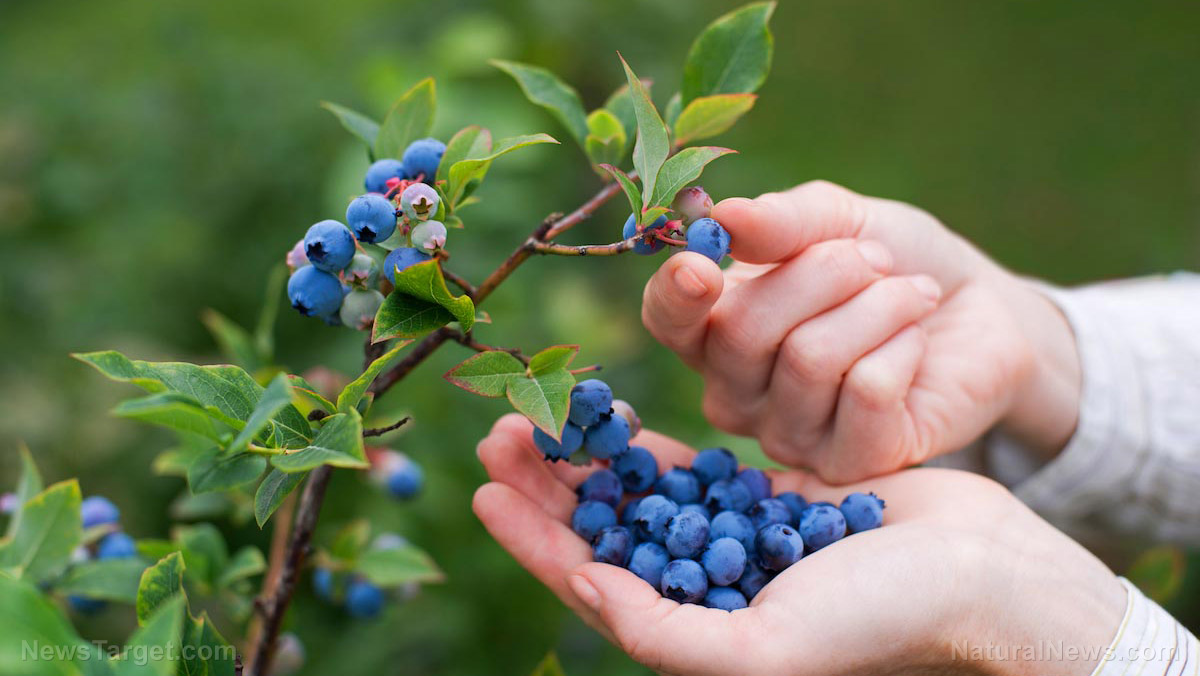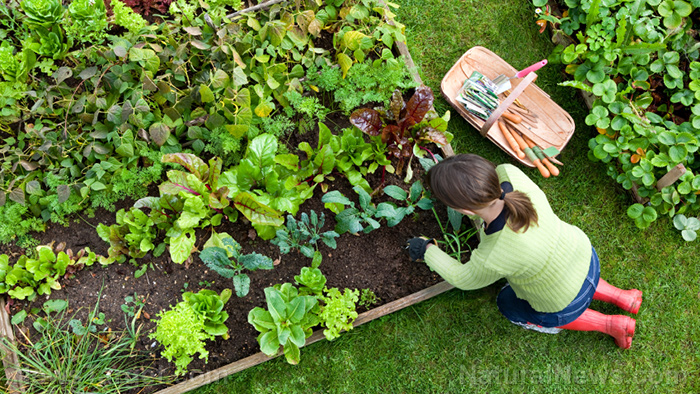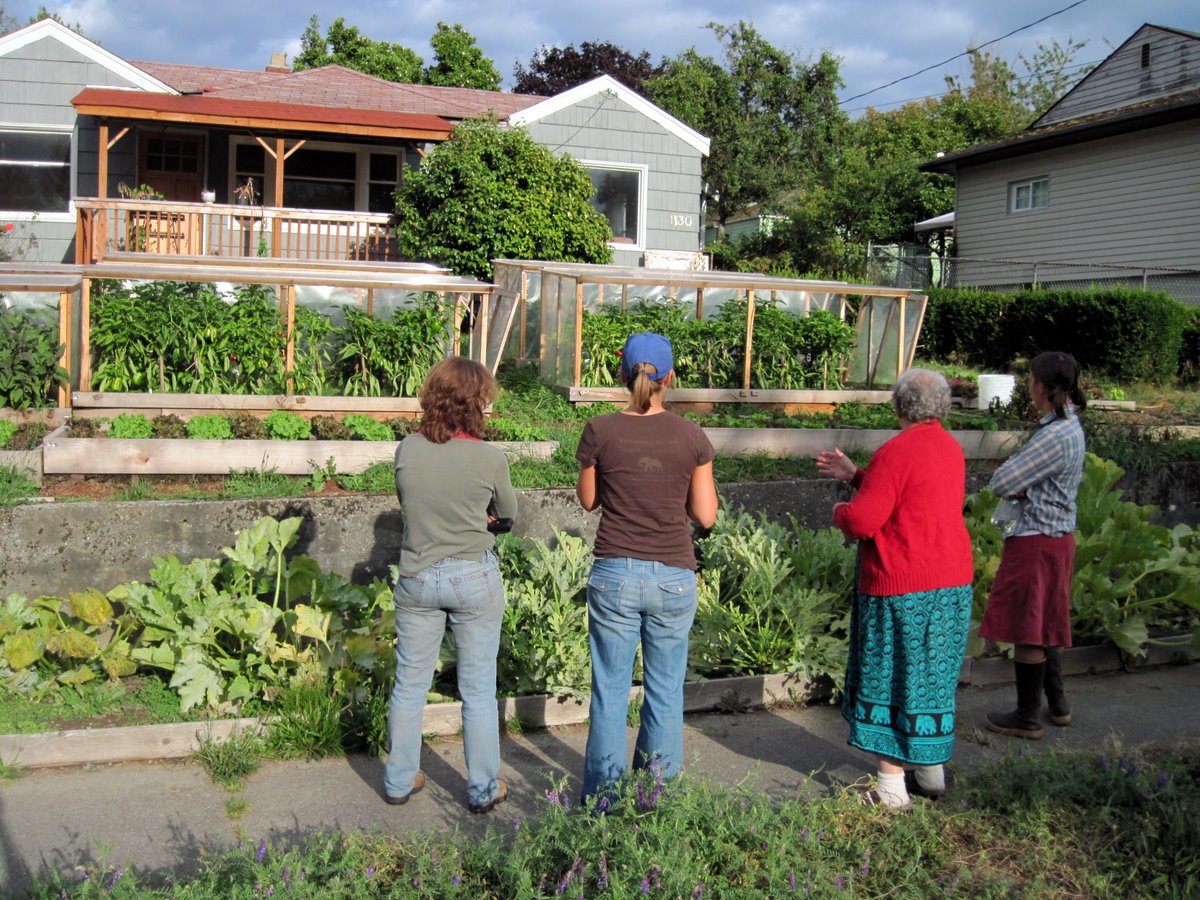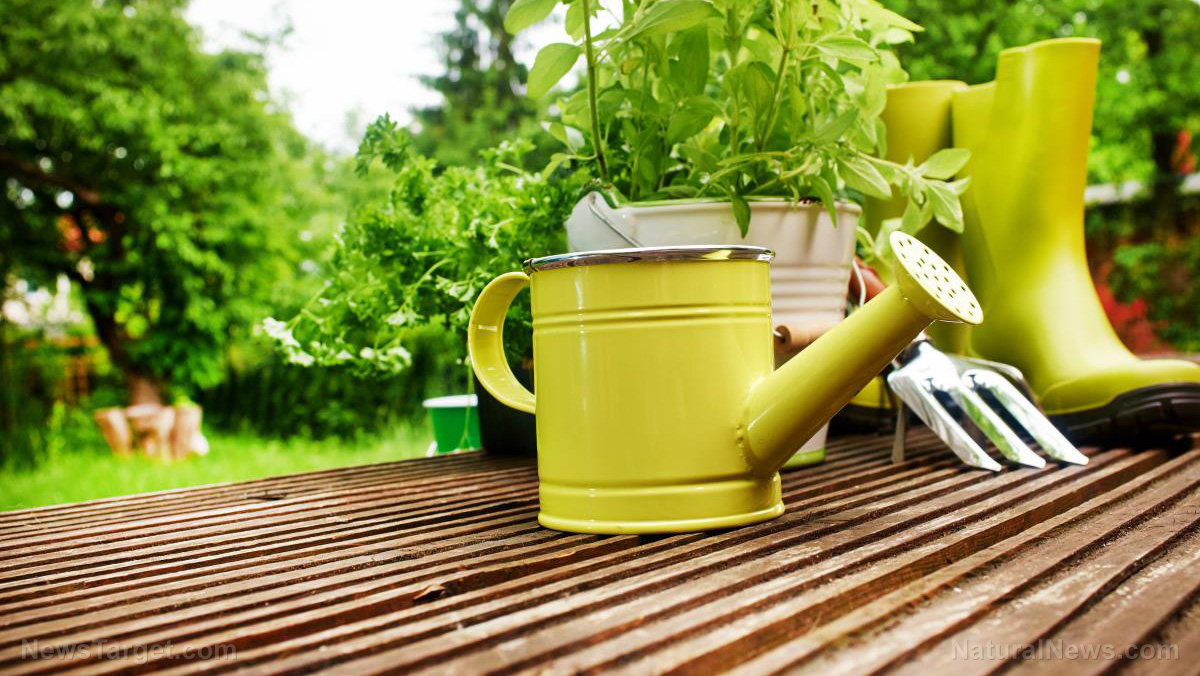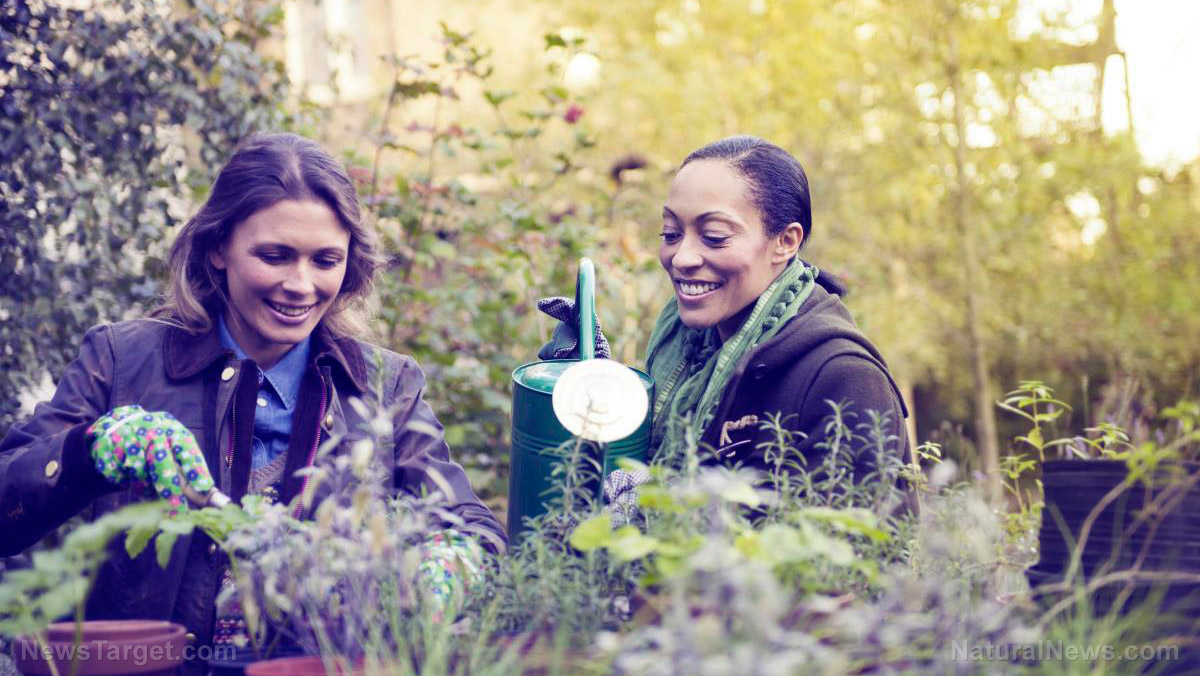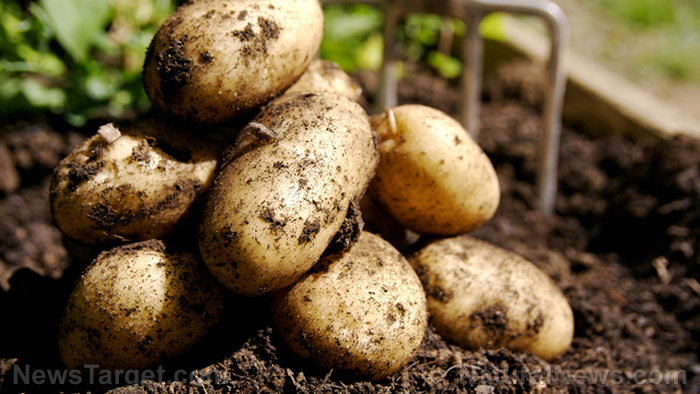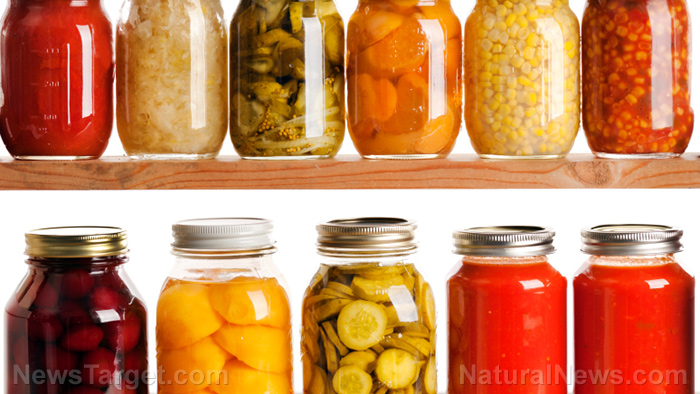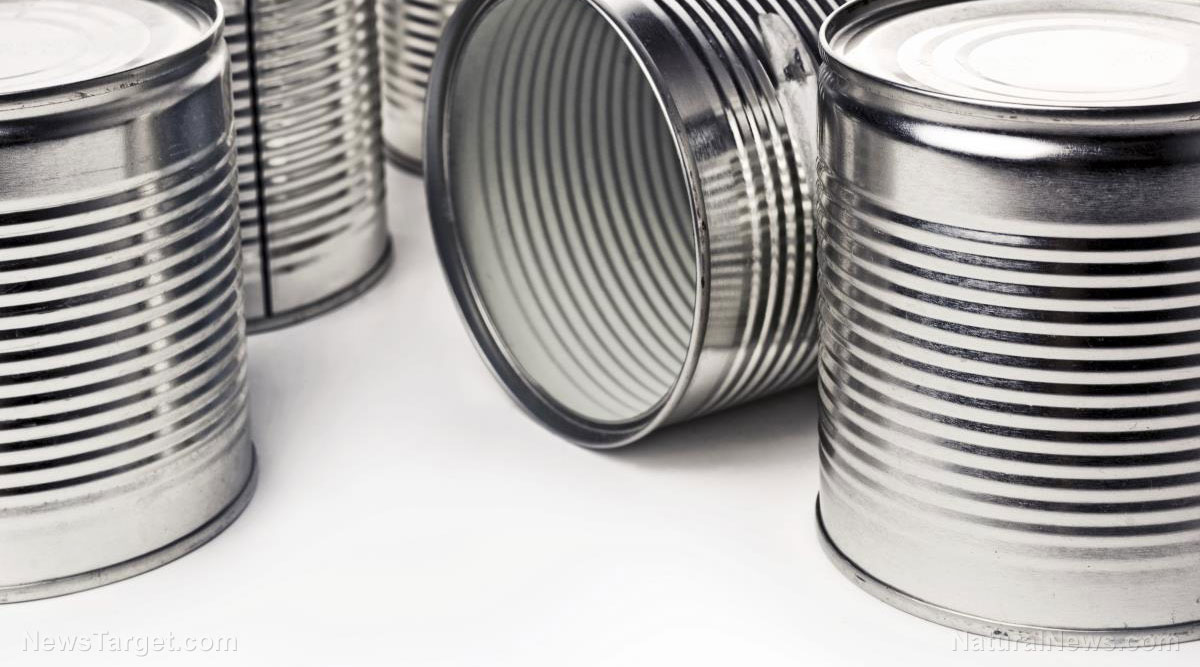Getting more out of your grocery dollars: 10 ways to recycle leftovers and scraps
06/08/2018 / By Zoey Sky
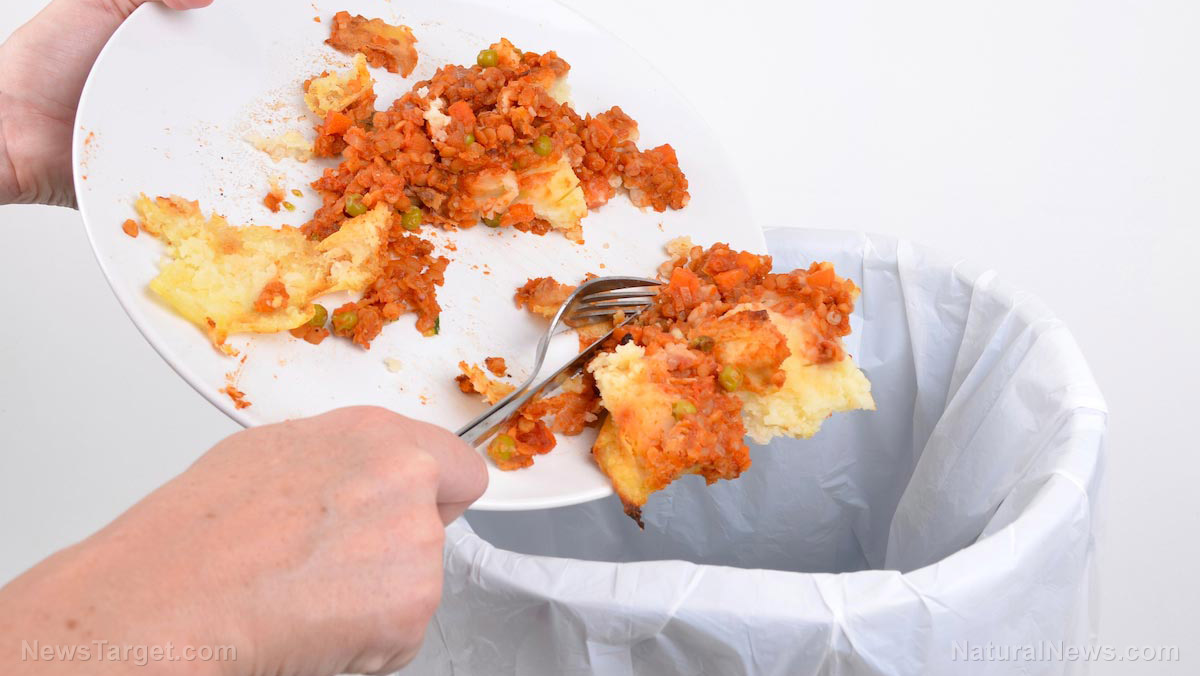
Once you’re done making dinner or if it’s time to clear out the fridge, don’t throw away those food scraps and leftovers just yet! You can still use overripe fruits and wilted vegetables for these kitchen hacks.
Even onion peels and celery stalks can still be used in some of the tips below. Stop throwing away money and check out the rest of this article to find out how you can get more bang for your buck. (h/t to Blog.PaleoHacks.com)
- Add veggie scraps to make a nutritious broth – Add bell pepper ends, leftover broccoli ends, and onion peels to make flavorful stock. You can also add other leftover herbs or vegetables for homemade stock. Soak the vegetables in water and cook on the stovetop or a crockpot on low for 24 hours. Use some beef or chicken bones to make delicious and nutritious bone broth. Add other scraps like carrots, celery hearts, garlic, leeks, rosemary, tomatoes, and thyme for a flavorful vegetable stock.
- Blend leafy carrot tops into a chimichurri or pesto sauce – Get some leftover leafy carrot tops and blend it with some herbs to make amazing green sauces. To make chimichurri that’s great with chicken or fish, blend the carrot tops with cilantro and parsley. For a creamy pesto sauce, blend the leafy carrot tops with an avocado, fresh basil, and garlic.
- Create homemade pasta sauce with roasted ripe tomatoes – While overripe tomatoes are too soft for salads, you can still use them as a base for some marinara sauce. Roast tomatoes with onions and herbs then purée the vegetables in a food processor with some fresh basil. Add the marinara sauce to meatballs, pizza, or veggie noodles.
- Freeze extra veggies – Don’t throw away extra vegetables. Just chop and freeze any vegetables left over from a dish so you can use them later. Freezing them will ensure that they’re still fresh the next time you need vegetables for an omelet or some soup. Since they’re pre-cut, you can also save time when you don’t have that much free time for food prep.
- Make herb-infused butter “ice cubes” – You can use wilted herbs to make herb-infused butter “ice cubes.” Chop up the wilted herbs, add some butter or olive oil, then freeze them in ice cube trays. Use the herb-butter cubes to add a ton of flavor when you’re frying some meat or vegetables. Combine different cubes to make herb-infused dishes.
- Make some croutons with stale whole wheat bread – If you have bread that’s about to go stale, make some croutons. Dice the bread into cubes and use it to add some crunch to your salads. You can use larger pieces if you’re making French onion soup.
- Shred broccoli stalks for vegetable slaw – Broccoli stalks are perfect for slaw so hold on to them. Get a mandoline slicer to shred the stalks then add it to apple basil slaw. If you have a spiral slicer, turn the larger stalks into vegetable noodles.
- Use frozen fruit instead of ice for smoothies – Ice will water down smoothies so freeze leftover fruits like bananas, chopped pineapples, or hulled strawberries for a nutritious and flavorful smoothie. Store the frozen fruit in BPA-free freezer bags whenever you have leftovers.
- Use grated vegetables for meatballs and breads – If you have a lone sweet potato in your fridge, grate it up and make some spicy meatballs full of beta-carotene and fiber. If have some zucchini, try making some zucchini bread or zucchini muffins. (Related: 12 Common “Kitchen Scraps” That Allow You to Regrow Vegetables and Food At Home.)
- Use leftover vegetables for casseroles and stews – If you have half an onion or some celery stalks in your fridge’s crisper drawer, use them to bulk up a casserole or stew.
- Use vegetable scraps to make some veggie nuggets – If you have some veggie scraps like broccoli, carrots, and cauliflower, you can make some vegetable nuggets that are full of vitamins. Combine the vegetables with almond meal, an egg, and some herbs in a food processor. Turn the mixture into nuggets or patties then bake until they’re crispy and golden brown.
You can read more articles about how to recycle food scraps and leftovers at Foodsupply.news.
Sources include:
Tagged Under: food, food hacks, Food scraps, food supply, guides, how to, kitchen scraps, leftovers, overripe fruits, prepper, prepping, recipes, recycling, tips, vegetable stock, veggie broth, veggie scraps

